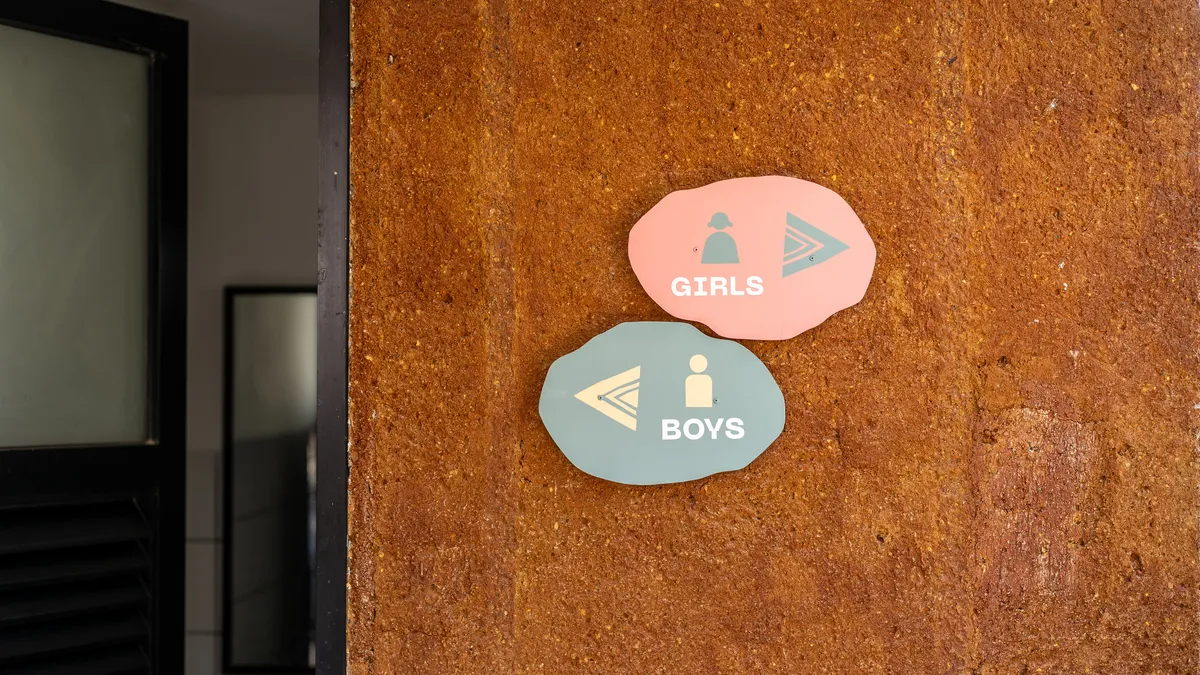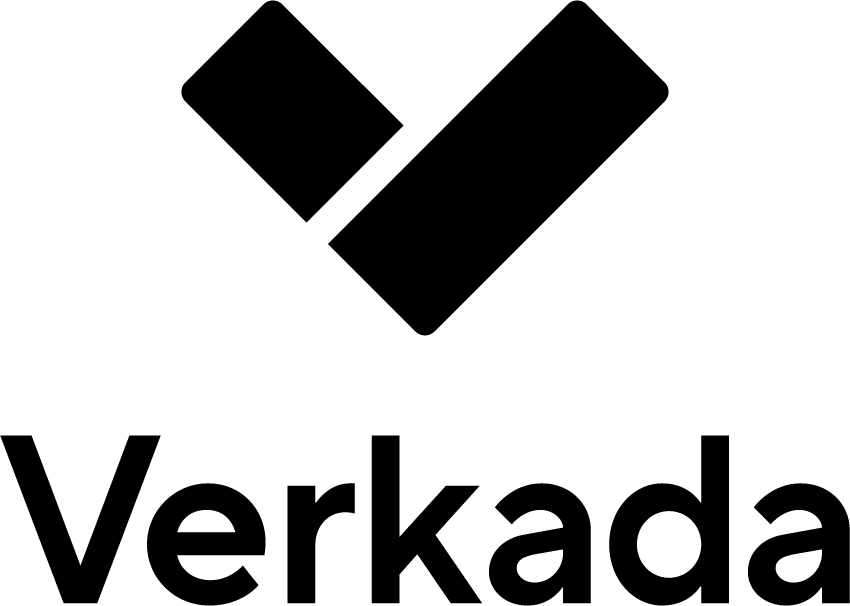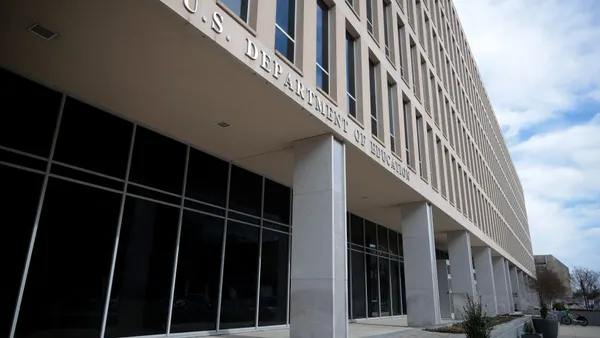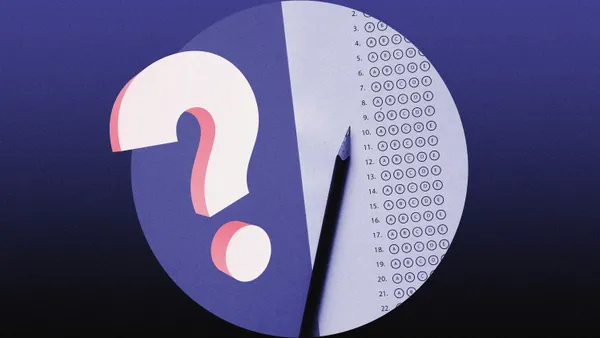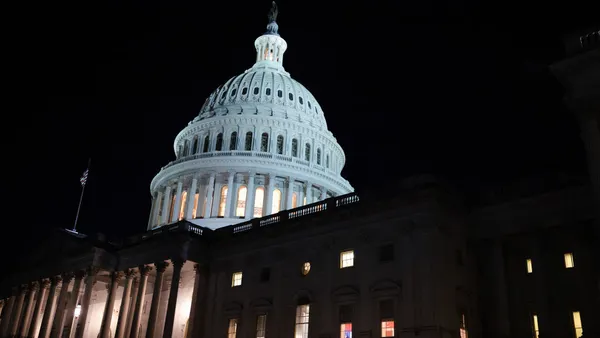In its six decades of existence, Head Start has experienced highs, such as the addition of Early Head Start in 1994, and lows, like the disruptive COVID-19 pandemic. Here are notable events from Head Start's long history of educating preschoolers from low-income families.
-
May 18, 1965President Lyndon B. Johnson announces Project Head Start during a ceremony at the White House Rose Garden. The program launched that summer with 8 weeks of classes, serving more than 560,000 children and families across the country. The success of the summer program led to Congress approving a nine-month, school year initiative starting in the fall of 1965. The program was funded at $96.4 million.
-
1969Management of Head Start moves from the Office of Economic Opportunity to the U.S. Department of Health, Education and Welfare. The Migrant Head Start program is started to support farmworker families and their children.
-
1972Congress amends the Economic Opportunity Act to expand Head Start program opportunities for children with disabilities. The legislation requires that at least 10% of Head Start’s national enrollment include young children with disabilities. The Individuals with Disabilities Education Act, which requires K-12 schools to serve students with disabilities, wouldn't become law until 1975.
-
1975By the 10th anniversary of Head Start, the program has served 5.3 million children. During this year, about 79,000 employees are working in 9,400 centers in every state and territory. Head Start publishes its first performance standards detailing guidelines for serving children ages 3 to 5.
-
1982Summer-only Head Start programs end. Head Start's total funded enrollment level reaches 395,800.
-
1987Congress passes the McKinney-Vento Homeless Assistance Act. Head Start programs use the law's definition of homelessness to automatically enroll eligible children.
-
1990Congress appropriates the largest year-over-year funding increase in Head Start history up to this year at $1.6 billion, or enough to enroll 621,078 children.
-
1994Congress reauthorizes Head Start and creates the Early Head Start program to serve pregnant women, infants and toddlers. The fiscal year 1995 total Head Start budget is $3.53 billion for services to about 752,000 children.
-
1998The U.S. Department of Health and Human Services, the successor agency to HEW, issues revised standards that include Early Head Start supports and the requirement that at least one teacher in each Head Start classroom must have a child development associate credential.
-
2003The Head Start National Reporting System is implemented to standardize the collection of child outcomes for early literacy, language and number skills of all 4- and 5-year-olds enrolled in Head Start.
-
2007Congress reauthorizes the program through the Improving Head Start for School Readiness Act, which aims to improve education staff qualifications and program monitoring. The law also increases accountability through strengthened monitoring and oversight. Funding for Head Start reaches $6.9 billion to serve 908,412 children.
-
2009Through the American Recovery and Reinvestment Act, Congress appropriates an additional $2.1 billion for Head Start to serve another 61,000 children. The annual appropriation for Head Start in FY 2009 was $7.1 billion.
-
2015Head Start celebrates its 50th anniversary. President Barack Obama proposes funding Head Start programs to operate on a full school day and full school year calendar. By Aug. 1, 2021, each Head Start program is required to provide at least 1,020 annual hours of planned class operations over at least eight months per year for at least 45% of Head Start center-based funded enrollment.
-
2020The COVID-19 pandemic halts most in-person services, and Head Start begins offering a mix of virtual or remote child development services, along with other family supports. The programs that stayed open helped guide non-Head Start early childhood programs – such as child care centers and public preschools — on safety precautions so parents who were essential employees could stay on the job.
-
2024Congress appropriates $12.3 billion for Head Start, an increase of $275 million over FY 2023. The program serves nearly 800,000 infants, toddlers and preschoolers.
-
2025Massive workforce reductions at HHS led to the closing of five Office of Head Start regional offices: Boston, New York, Chicago, San Francisco and Seattle. Those offices are to be consolidated into the five remaining offices in Philadelphia, Atlanta, Dallas, Kansas City and Denver. The regional offices provide guidance on federal policy, training and technical assistance to Head Start providers.






